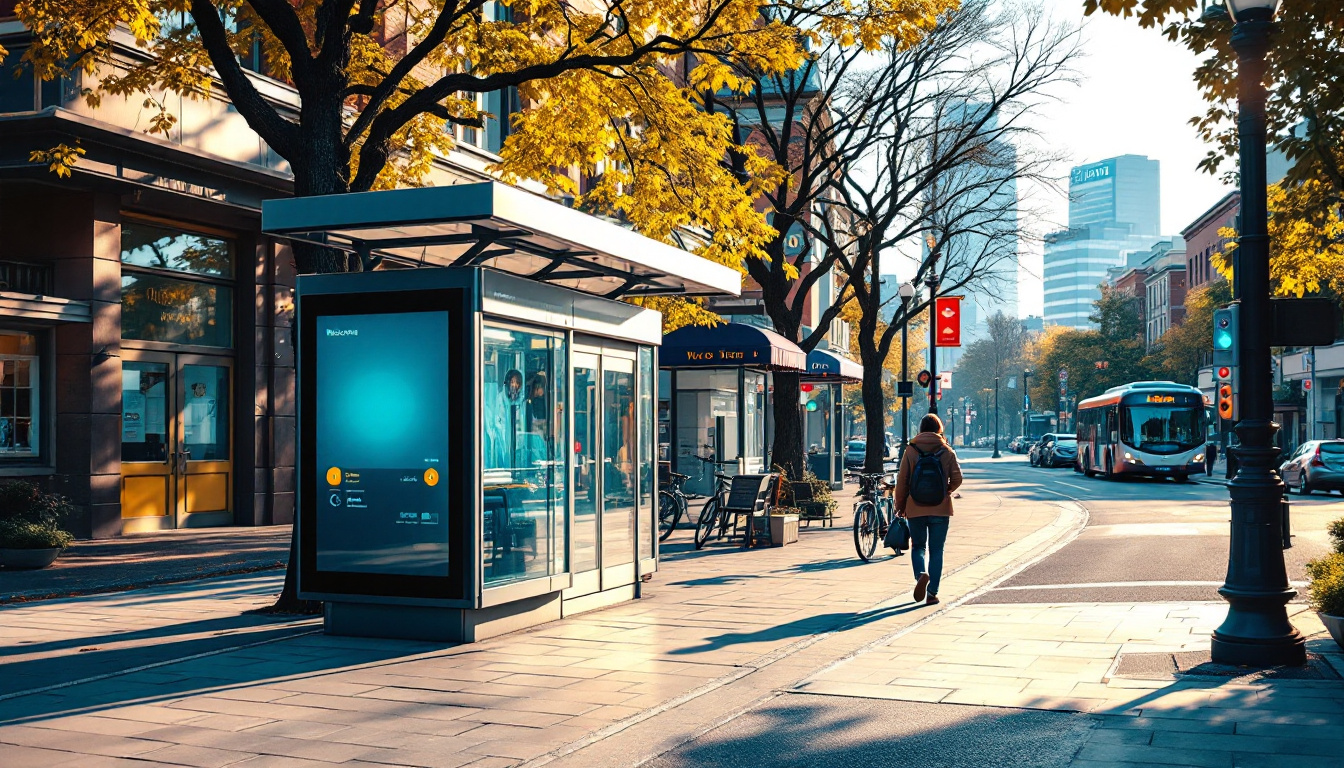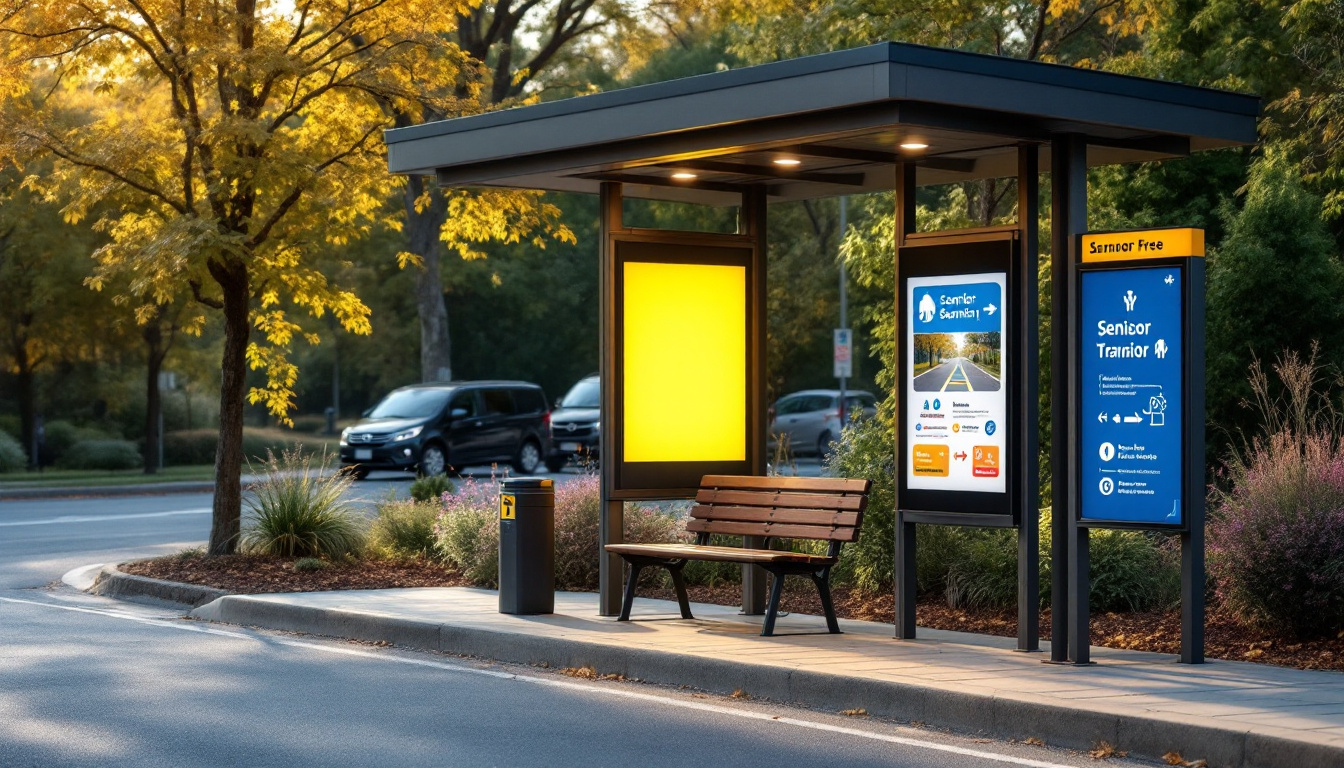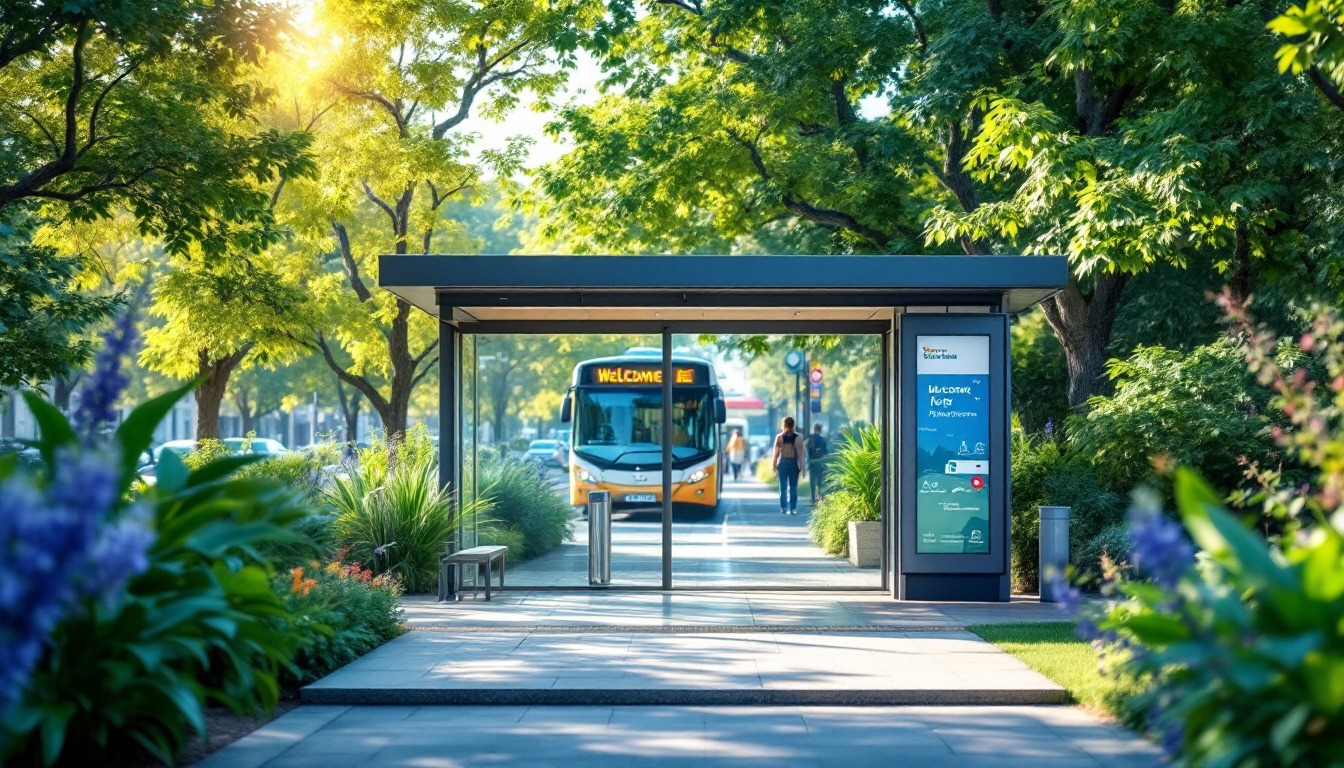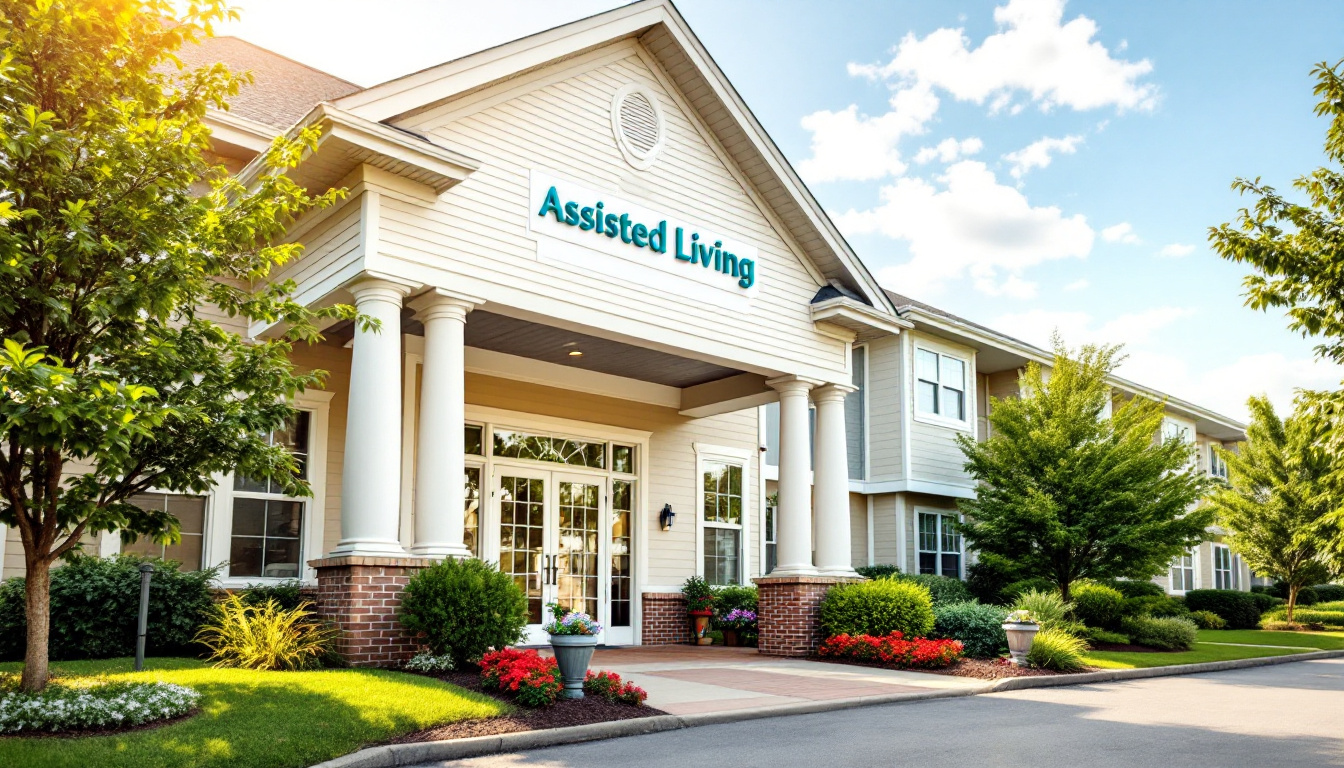How to Find Free Transportation for Elderly Loved Ones
Essential Resources for Senior Mobility

Ensuring Elderly Independence Through Accessible Transportation
Accessible transportation is vital for maintaining the independence, health, and social connections of elderly loved ones. With a variety of programs, community resources, and innovative services at their disposal, families and caregivers can help seniors navigate their daily lives comfortably and safely without the financial burden. This article explores practical strategies to identify, access, and utilize free or low-cost transportation options tailored for seniors, ensuring they remain connected to essential services and community activities.
Identifying Available Transportation Options in Your Community

How can seniors identify available free transportation options in their area?
Seniors seeking free transportation services can start by reaching out to their local agencies on aging. These agencies are experienced in providing tailored programs that address the transportation needs of older adults. They can offer information about community-specific services such as volunteer driver programs, community Dial-A-Ride services, and discounted fare options—all of which have specific eligibility criteria.
In addition, the 211 hotline is a valuable resource. By dialing 211 or visiting the 211 online portal, seniors can access a broad range of community resources and receive personalized referrals for transportation. This national service connects users with local organizations and programs, making it easier to find free or low-cost transit options.
Many local senior centers and healthcare facilities also coordinate transportation services for their community members. These centers often arrange transportation to medical appointments, grocery stores, or social events at little to no cost. It's advisable for seniors to contact their nearest senior center or healthcare provider for available transportation options.
Furthermore, online platforms like the American Public Transportation Association’s website or local transit agencies' portals can provide comprehensive information about accessible public transit routes, paratransit services, and special programs for seniors. These resources help individuals learn about the specifics of transit schedules, eligibility requirements, and wheelchair-accessible vehicles.
By exploring these resources and connecting with local organizations, seniors can discover a variety of transportation options designed to support their independence, improve healthcare access, and foster social engagement.
Programs and Volunteer Services Offering Free or Reduced-Cost Transit
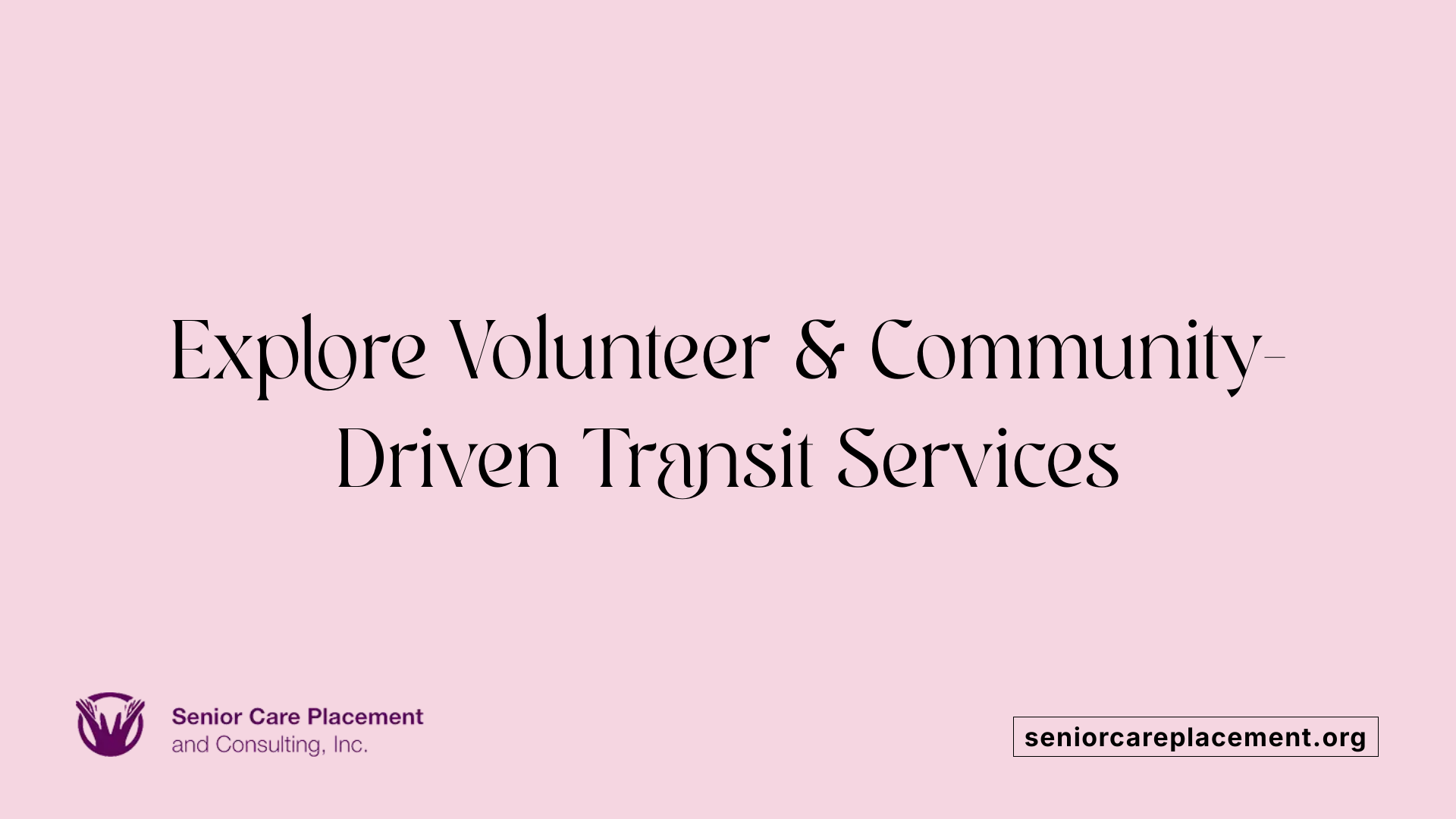 Many programs and community initiatives focus on providing affordable or free transportation options for senior citizens. These services are vital for maintaining independence, health, and social connections.
Many programs and community initiatives focus on providing affordable or free transportation options for senior citizens. These services are vital for maintaining independence, health, and social connections.
Non-emergency Medical Transportation (NEMT) is a prominent resource, helping seniors access medical, dental, therapy, and testing appointments. Usually available at low or no cost, NEMT services are often coordinated through Medicaid or local social services. For instance, Medicaid's NEMT program ensures seniors can attend healthcare visits without financial strain.
Volunteer driver programs are another essential part of the ecosystem. Run by nonprofits, faith-based groups, and community organizations, these services deploy volunteers to provide free door-to-door rides. Examples include the Monroe County Veterans Affairs DAV Van Service and Bloomington Township Trustee transportation, which cater to seniors needing medical and everyday trips.
Funding plays a significant role in expanding these services. Federal initiatives like Section 5310 grant funding support community-based transit projects, especially those tailored for older adults and persons with disabilities. These grants help develop specialized transportation options, such as accessible shuttles and shared ride programs.
Community shuttle services and transit agencies frequently offer discounted or complimentary rides to seniors. Cities and counties often have designated programs that serve as transportation lifelines, enabling seniors to reach healthcare facilities, grocery stores, senior centers, and recreational venues.
In summary, a combination of government-funded programs, nonprofit volunteer services, and community transit initiatives work together to reduce transportation barriers for older adults. To access these options, seniors and their caregivers can contact local aging agencies, visit transportation offices, or search online for specialized programs using terms like "free senior transportation programs volunteer driver services." These resources are instrumental in supporting senior independence and well-being.
Eligibility Criteria for Senior Transportation Assistance
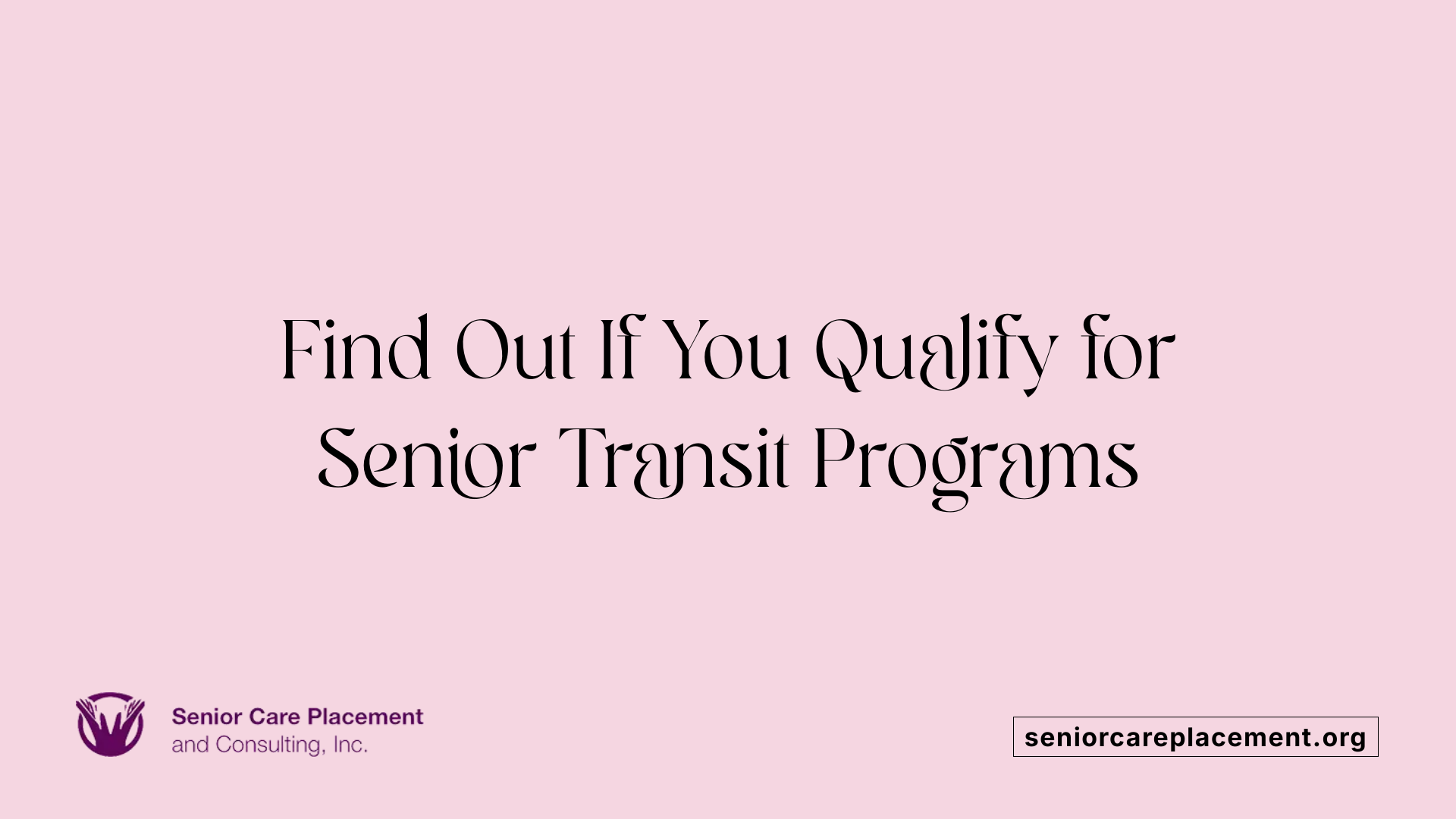
What criteria determine eligibility for free transportation services for elderly people?
Eligibility for transportation assistance for seniors often depends on several factors such as age, residency, health, and income. Most programs are designed for individuals aged 60 or older who live within specific geographic areas. Proof of age and residency is typically required when applying.
Medical needs or disabilities also play a crucial role, especially for services like paratransit or Non-Emergency Medical Transportation (NEMT). These services are tailored for seniors who cannot use standard public transportation due to mobility or health issues.
Income thresholds are an important consideration in many programs, particularly those funded by federal grants. Low-income seniors may qualify for additional support to help cover costs.
Application processes generally involve completing forms through local agencies, community organizations, or senior centers. Necessary documentation includes valid ID, proof of residence, and sometimes medical verification if health conditions are involved.
Programs such as Door2Door in Marion County or those supported by Section 5310 grants specifically evaluate these criteria when determining eligibility. By meeting these conditions, seniors can access free or reduced-cost transportation options that help maintain their independence and access essential services.
For personalized guidance, contacting local area agencies on aging or visiting online resources such as “senior transportation eligibility criteria” searches can provide detailed information tailored to individual circumstances.
Accessing Assistance and Community Resources

How can elderly individuals access assistance programs, community resources, or volunteer opportunities for transportation?
Elderly individuals seeking transportation support can start by contacting local agencies such as the Area Agency on Aging or community centers. These organizations often coordinate or provide transportation services tailored for seniors.
Many areas feature nonprofit and faith-based volunteer organizations that offer free or reimbursed rides. Examples include volunteer driver programs run by local senior centers or specialized programs like ShareCare Faith In Action. These programs rely on volunteers to provide door-to-door assistance, ensuring that seniors can attend medical appointments, social events, or run errands.
Utilizing online directories and portals can significantly streamline the search for available options. Platforms like 'Rides in Sight' or community resource finders allow seniors or caregivers to locate nearby transportation services efficiently. Entering your ZIP code and selecting options such as 'Care at Home' or 'Transportation' will generate tailored lists of providers.
Healthcare providers and social workers are valuable contacts for information about Medicaid non-emergency medical transportation (NEMT) and other programs designed to support medical appointments. They can assist in coordinating rides or referring patients to suitable services.
Participating in faith-based groups, community organizations, or senior centers also paves the way for volunteer-driven transportation. These groups often organize regular outings or provide assistance during emergencies—support that is especially beneficial for frail or low-income seniors.
In summary, accessing transportation assistance involves reaching out to local agencies, exploring online resources, engaging with volunteer or religious organizations, and coordinating with healthcare providers. These avenues help seniors maintain independence, access healthcare, and stay socially connected.
Choosing Suitable Transportation Solutions for Different Needs
What transportation options are available for seniors who cannot drive or need mobility assistance?
For seniors who are unable to drive or require extra support with mobility, there are several reliable transportation options. Paratransit services, often provided under the Americans with Disabilities Act (ADA), are designed to be accessible and accommodate individuals with disabilities or mobility challenges. These services usually include curb-to-curb or door-to-door transit in wheelchair-accessible vehicles, often within a specific radius of a transit station. Paratransit programs require eligibility verification, but once approved, seniors can depend on these services for essential trips.
In addition to paratransit, many public transit systems offer dial-a-ride or door-to-door services. These programs provide flexible scheduling and can be especially helpful for older adults who need assistance beyond fixed-route buses and trains. Many transit agencies also offer discounted fares to seniors and may provide travel training programs to teach seniors how to navigate the transit system safely and confidently.
On-demand ride-hailing services like Uber and Lyft are increasingly accessible to seniors. They offer the convenience of booking rides via smartphone apps and include options for accessible vehicles equipped for wheelchairs. These rides can be scheduled on short notice, making them highly flexible for medical appointments, social visits, or errands. Some companies even coordinate specific services for seniors or those with mobility aids.
Non-emergency medical transportation (NEMT) is a specialized service helping seniors travel to healthcare providers, pharmacies, or therapy sessions. Often covered by Medicaid or other health programs, NEMT usually provides rides at minimal or no cost. These often require advance booking and are offered in accessible vehicles suitable for individuals with medical needs.
Lastly, volunteer driver programs enhance mobility by offering free, community-based rides. Operated by nonprofits or faith groups, these services help seniors attend appointments, visit friends and family, or run errands without the expense of paid transportation. Volunteers often carry personal liability insurance and are vetted for safety.
Collectively, these options ensure that seniors with varying levels of mobility and comfort with technology can find suitable transportation. Access to a combination of these services promotes independence, improves health outcomes, and reduces social isolation.
Empowering Seniors Through Community and Support
Access to free or affordable transportation options significantly enhances the quality of life for seniors, fostering independence, health, and social engagement. By utilizing local agencies, community programs, and innovative ride services, families can ensure that their elderly loved ones maintain vital connections to healthcare, leisure, and social activities. Staying informed about eligibility, applying for suitable programs, and exploring volunteer opportunities are key steps in broadening transportation options. Ultimately, a well-coordinated, accessible transportation network empowers seniors to live more connected, active lives while alleviating the financial and logistical burdens often associated with mobility.
References
- What Are the Options for Senior Transportation?
- Transportation - Texas Health and Human Services
- Senior Transportation Services Caregivers Need to Know - AARP
- How Can Older Adults Get Help with Using Transportation Services?
- How to Find Transportation for Older Adults or Those with Disabilities
- Transportation Services for Older Adults - NC DHHS
- What Are Some Transportation Resources for Seniors?
- Senior Transportation in Southeast Michigan - AgeWays
- Transportation | Office for the Aging - NY.Gov
- Getting Where You Need to Go | Georgia Department of Human ...




